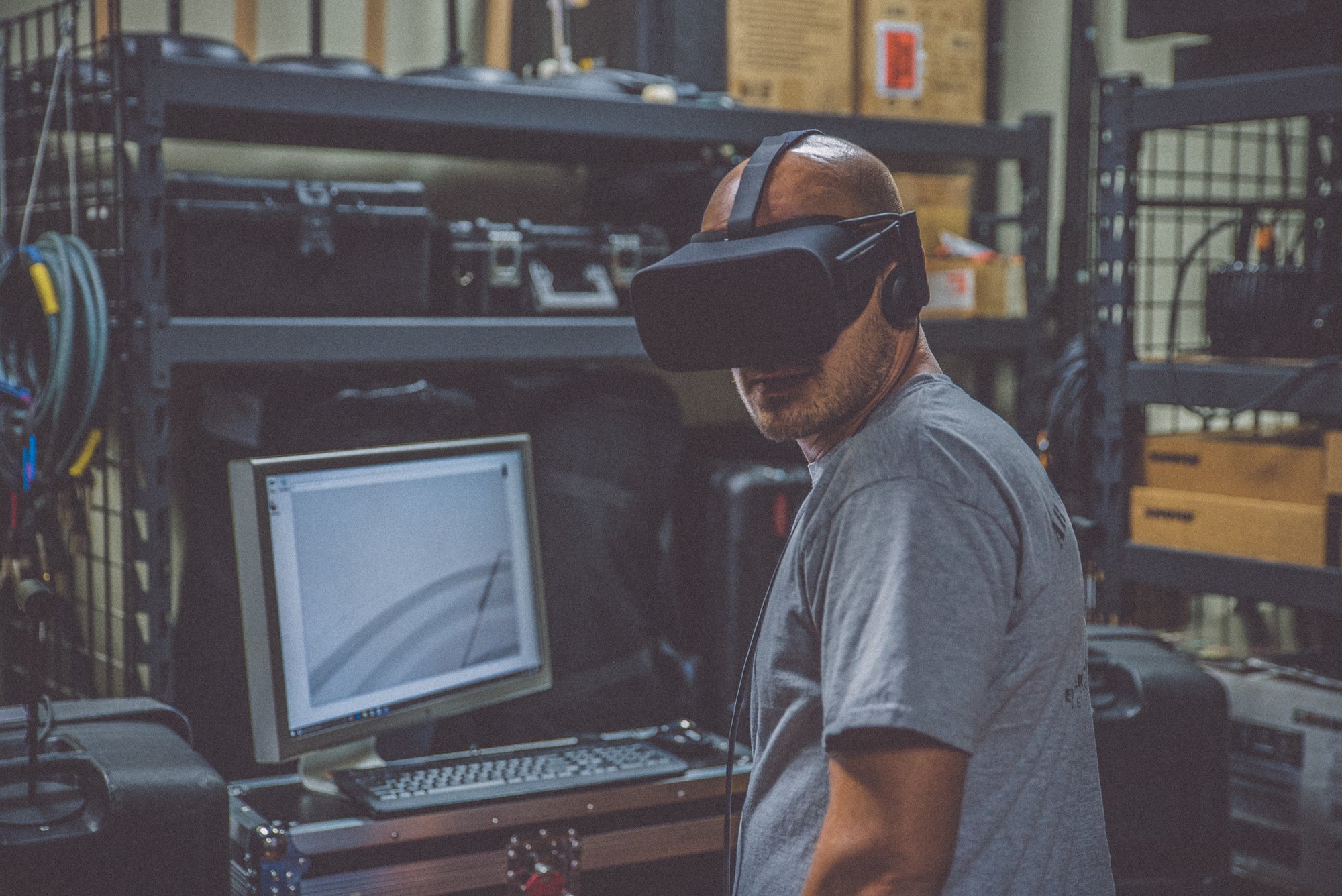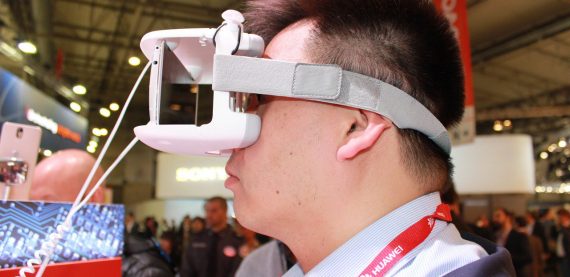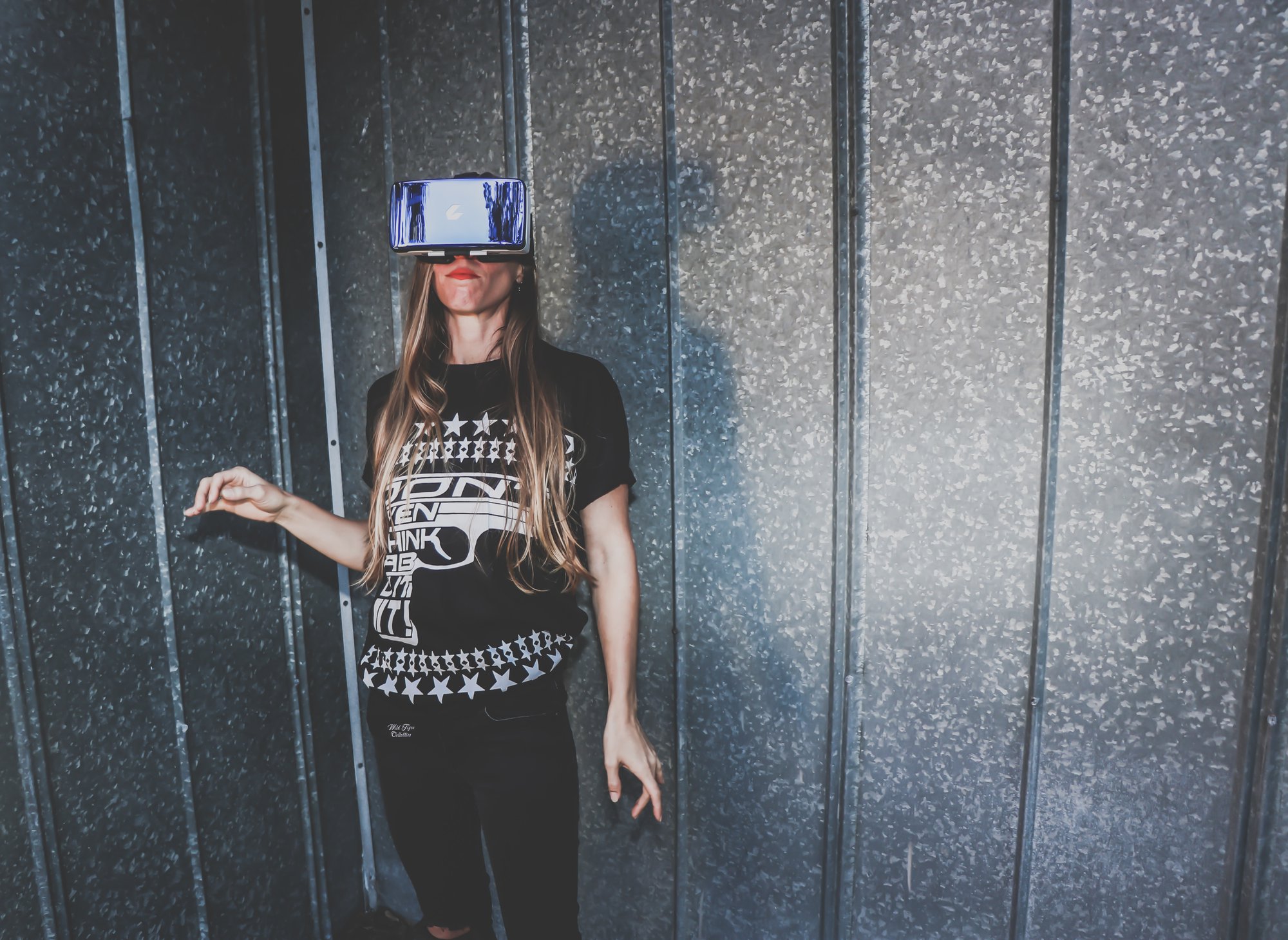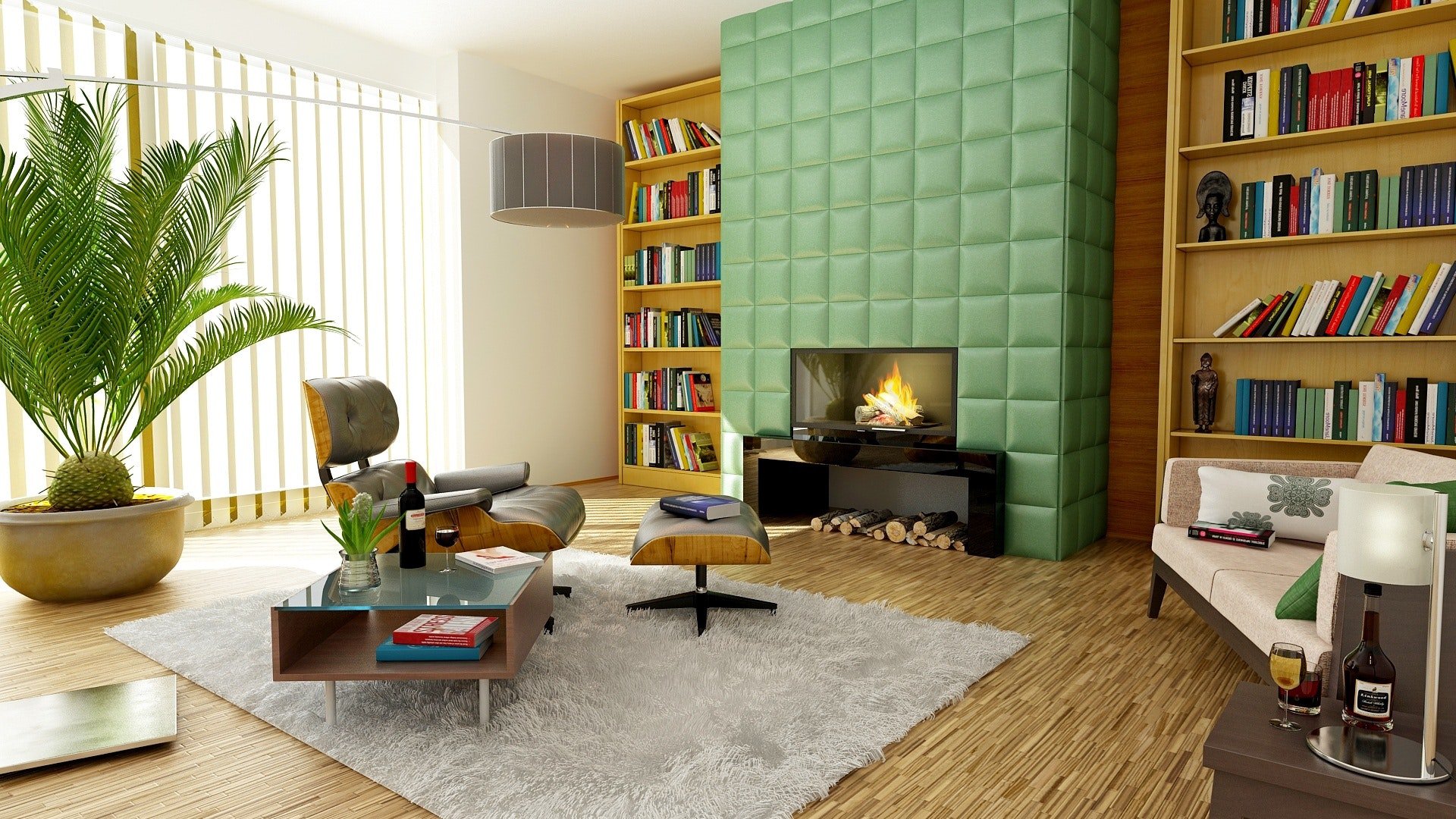Augmented reality and virtual reality changed the world and how people see and make use of technology. It might surprise you to know however that it all started in 1838 when Charles Wheatstone created the stethoscope which allowed users to view different images for every eye. This makes you see a larger 3D image which is much farther. In 1891, Thomas Edison and William Dickson invented the kinetoscope. This allows users to see images at 46 FPS. Next to it, the link trainer flight stimulator was developed in the 1929. It was developed by Edwin Link of the Link Piano and Organ Company. This is a fuselage that simulate plane movement, cockpit enclosure, and also the actual experiences of riding a plane.
In 1935, Pygmalion’s Spectacles, a sci-fi written by Stanley Weinbaum, a special pair of goggles was first described. The goggles can enable people to experience the five senses virtually. This was followed by the View-Master which was developed by William Gruber and Harold Graves in 1938. It was a stereoscopic 3D photo viewer which served as an update to the traditional postcard.
During the Early to the Late 20th Century
Another milestone in the development of AR and VR was the telesphere mask which was developed by Morton Heilig, a cinematographer and VR pioneer. This was the first ever created head-mounted display (HMD). Headsight followed this in 1961 which was developed by Philco Corporation. This was the first HMD that could track motion and take pictures. In 1962, Morton Heilig again developed the sensorama and motorcycle simulator. This was a 3D-equipped booth that produced sensations that simulate real phenomena.
The Sword of Damocles was also developed in 1968 by Ivan Sutherland. This was a primitive headset that was suspended from the ceiling. In 1977, the Sayre Glove was created by scientists at the Electronic Visualization Laboratory located at the University of Illinois. In 1982, the Power Glove and DataGlove were created by Thomas G. Zimmerman and Jaron Lanier. This was an optical flex sensor and an ultrasonic and magnetic hand positioning tracking device. This development was followed in 1986 by the air force super cockpit program which was designed and directed by Thomas Furness. This was an HMD that could project computer-generated radar imagery, 3D maps, infrared, and avionics.
In 1988, the VIEW or virtual interface environment workstation was developed by NASA along with VPL Research Inc. This was an HMD that showed a CGI environment. Then Virtuality Group Arcade Machines was developed by Dr. Jonathan D. Waldern and W Industries in 1991. This made use of telescopic visors, joysticks, and networked units for multiplayer gaming. In 1992, the CAVE or Cave Automatic Virtual Environment came into life. This was created by the Chicago Electronic Visualization Laboratory. The CAVE was a room wherein realistic visuals could be projected. In 1995, the Virtual Boy was developed by the designer of Nintendo, Gunpei Yokoi. This was a failed portable video game console that could simulate red and black 3D images.
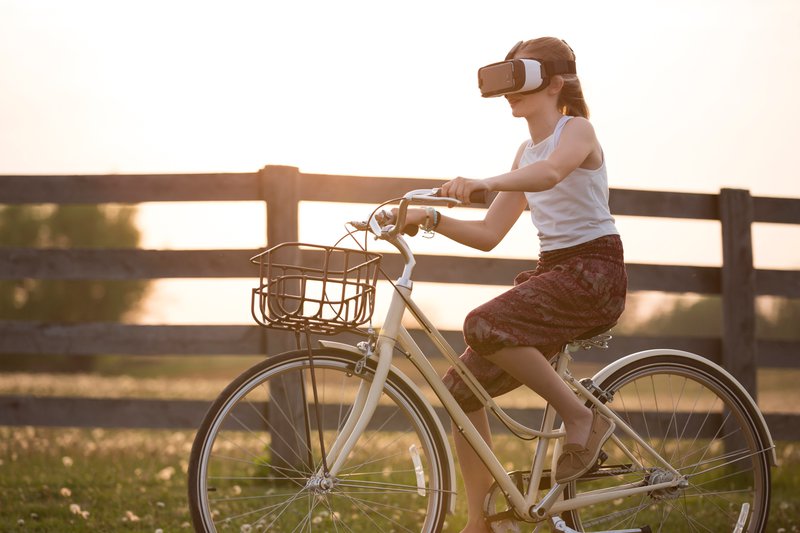
21st Century and the Future
All these aforementioned developments led to the following: Samsung gear, Magic Leap One, Oculus Rift, Microsoft Hololens for Developers, Google Cardboard, Sony’s Playstation VR, and the HTC Vive.
AR and VR are seen to make contributions in the fields of education, public safety, business, healthcare, navigation, and even in the way we do selfies.
It only takes a few clicks to create a virtual tour for your real estate business. You can start by creating a free account on the Virtual Tour Easy site. Check it now.

